What are the answers to the 2nd-week examination of the "Learn about the History of Provincial CPV Committee and the History of Thai Binh Province" Contest 2025?
What are the answers to the 2nd-week examination of the "Learn about the History of Provincial CPV Committee and the History of Thai Binh Province" Contest 2025?
Below are all answers to the 2nd-week examination of the "Learn about the History of Provincial CPV Committee and the History of Thai Binh Province" Contest 2025 for your reference:
|
Answers to the 2nd-week examination of the "Learn about the History of Provincial CPV Committee and the History of Thai Binh Province" Contest 2025 Question 1: In which year was Keo Pagoda built? |
Note: Information is for reference purposes only!
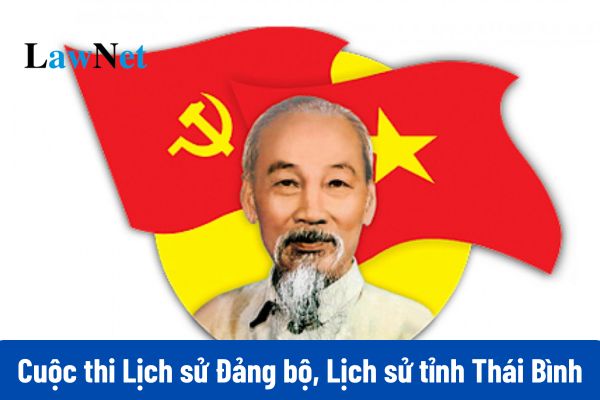
What are the answers to the 2nd-week examination of the "Learn about the History of Provincial CPV Committee and the History of Thai Binh Province" Contest 2025? (Image from the Internet)
Is organizing law-studying competitions one of the forms of legal dissemination and education in Vietnam?
Under Article 11 of the Law on legal dissemination and education 2012, the forms of legal dissemination and education in Vietnam are stipulated as follows:
Form of legal dissemination and education
1. The press meeting, press releases.
2. Popularizing law directly; consulting, guiding of legal studying; supplying information, documents on law.
3. Via means of mass media, loudspeakers, internet, panels, posters, agitation drawings; published in the Official Gazettes; publishing legal information on the website; posting in head office, on notice board of agencies, Organizations, residential areas.
4. Organizing the law-studying competitions.
5. Through adjudicating work, handling administrative violations, receiving citizens, settlement complaints, denunciation of citizens and other activities of agencies in the state machine; through operation of legal assistance, mediation at grassroots.
6. Integrating in activities of culture, literature, activities of policy organizations ands unions, clubs, law bookcases and other cultural institutions at grassroots.
7. Through programs on legal educations in educational facilities of national education system.
8. Other forms of legal dissemination and education being suitable with each specific object that competent agencies, organizations and individuals may apply to ensure legal dissemination and education bring effectiveness.
Thus, organizing law-studying competitions is one of the forms of legal dissemination and education in Vietnam.
What are the responsibilities of Ministries, Ministerial-level agencies, and Governmental agencies in legal dissemination and education in Vietnam?
Under Article 25 of the Law on legal dissemination and education 2012, the responsibilities of Ministries, Ministerial-level agencies, and Governmental agencies in legal dissemination and education in Vietnam are stipulated as follows:
1. Within their duties and powers, Ministries, Ministerial- level agencies, Govermental agencies shall have the following responsibilities:
- Promulgating, under their authority, programs, projects, plans on legal dissemination and education and directing, guiding agencies, units under their management to implement;
- Defining the content and form of legal dissemination and education suitable to each subject group; compiling documents and popularizing specialized legal knowledge; assurance of right being informed on law of the People;
- Organizing legal dissemination and education for cadres, civil servants, public employees and cadres, soldiers serving in the People’s Army Force within their management, being attached importance to implement through direct legal dissemination, supplying legal documents, websites of agencies, courses, classes on training, retraining, and coaching;
- Developing, coaching, and fostering the contingent of law rapporteurs of ministries, branches;
- Directing schools, vocational training institutions under their management to organize legal education in educational institutions , vocational training institutions ; arranging, standardization of, fostering for the contingent of lecturers teaching citizen education subject, teachers, lecturers teaching law.
2. The Ministry of Education and Training shall issue programs on legal education at all studying levels and training levels; stipulate duration, roadmap to finish standardization of lecturers teaching citizen education subject, teachers, and lecturers teaching law.
3. The Ministry of Labor, War Invalids and Social Affairs issues programs on legal education in vocational training institutions.
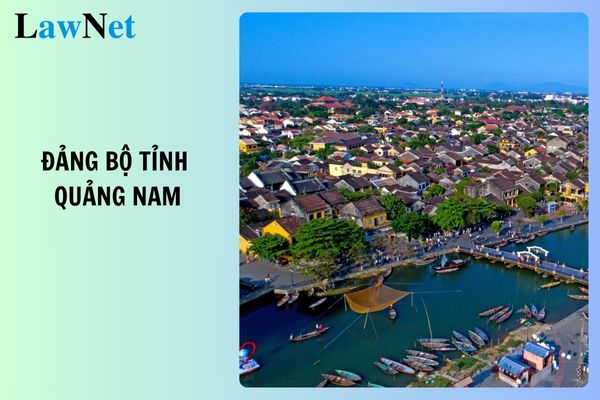
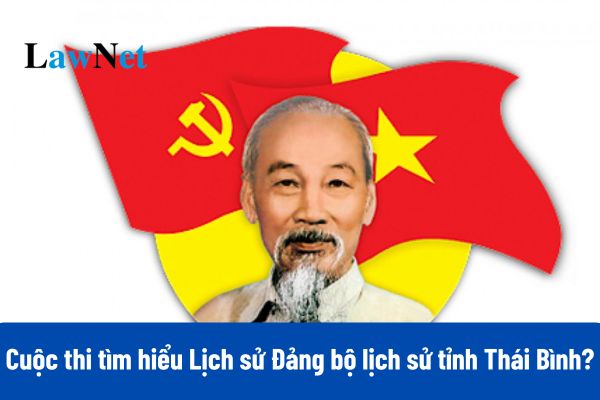
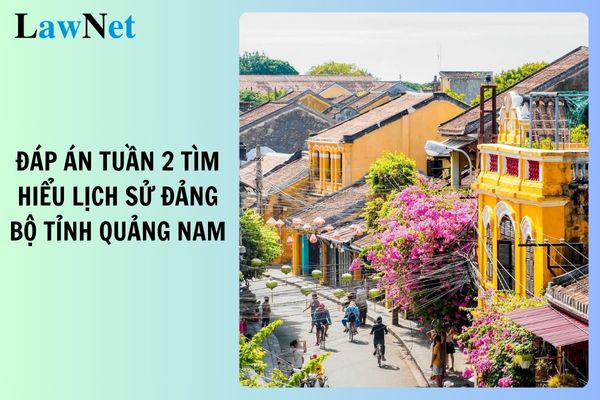
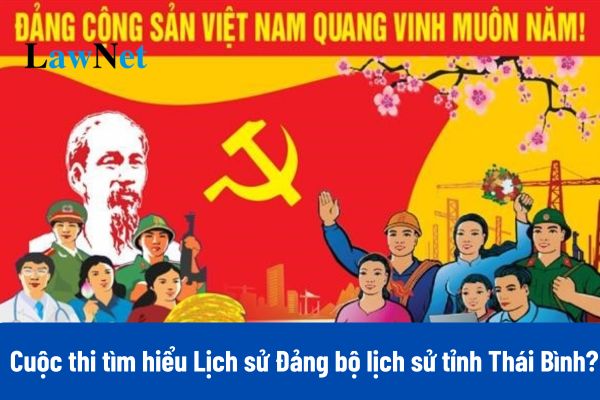
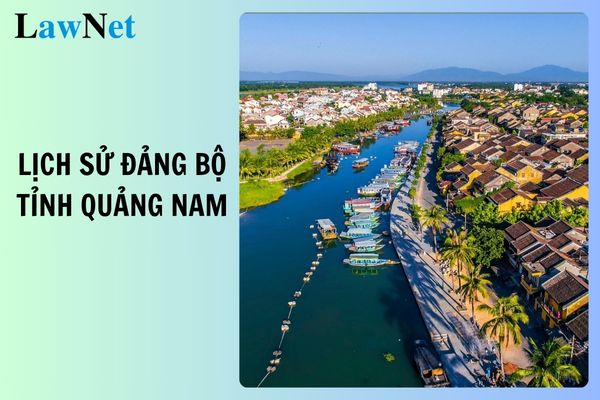
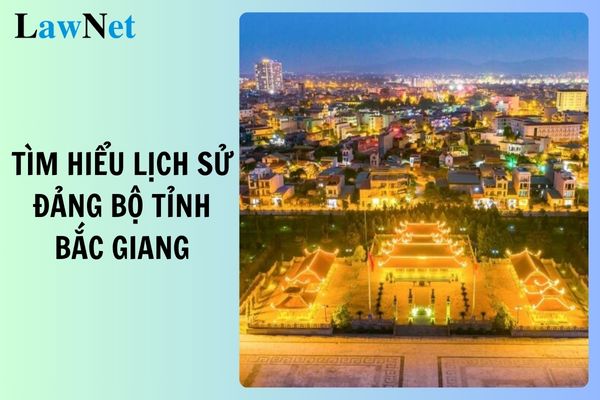
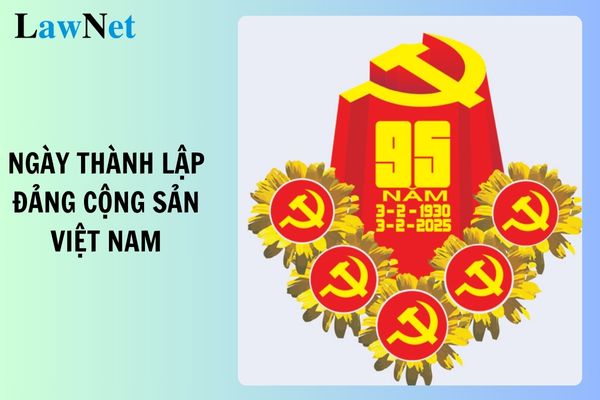
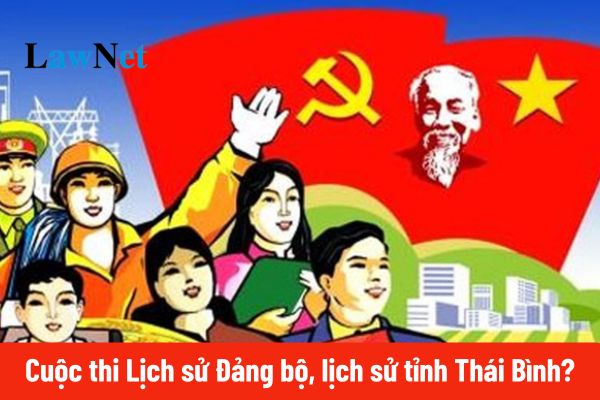
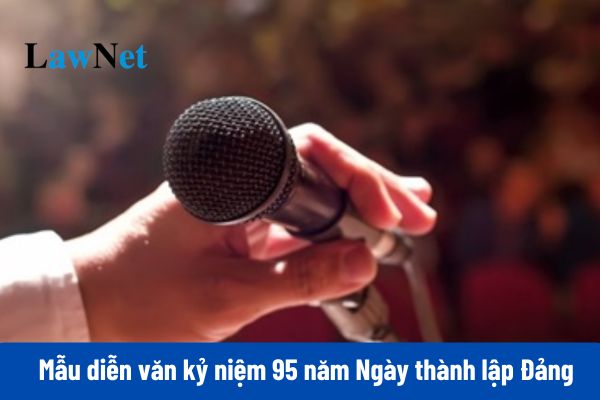
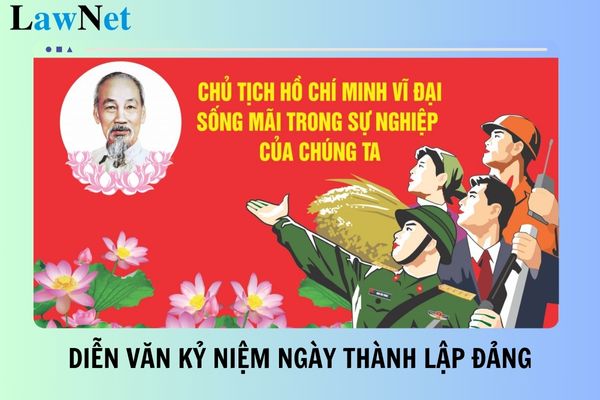
- What are the 10 best sample argumentative essays on gratitude? What are the regulations on the attire of 7th-grade students in Vietnam?
- What are the 04 best sample analysis essays on the story "Lặng lẽ Sa Pa"? What are the general objectives of the Literature curricula in Vietnam?
- What are the 03+ sample outlines for expressive essays on people or events for 7th-grade students in Vietnam? What are the duties and powers of lower secondary schools in Vietnam?
- What is the sample outline for an analysis essay on Kim Lan's short story "Làng"? How many periodic assessments per semester do 9th-grade students in Vietnam undergo?
- What are the regulations on the method of enrollment for lower secondary education in Vietnam?
- What are the 03 sample essays on a form of art? What are the objectives of the Vietnamese language subject at the primary level?
- Is Decision No. 448/QD-BGDDT 2025 regarding the establishment of an inspection delegation for compliance with Circular 29 on extra classes in Vietnam available?
- What is the list of universities applying admission by academic records in Ho Chi Minh City in 2025? What are the priority policies in enrollment for undergraduate programs in 2025?
- What is the enrollment plan for 6th grade and 10th grade for the 2025-2026 school year in Quang Nam Province?
- Does the People's Police Academy of Vietnam announce the enrollment of 530 candidates in 2025?

